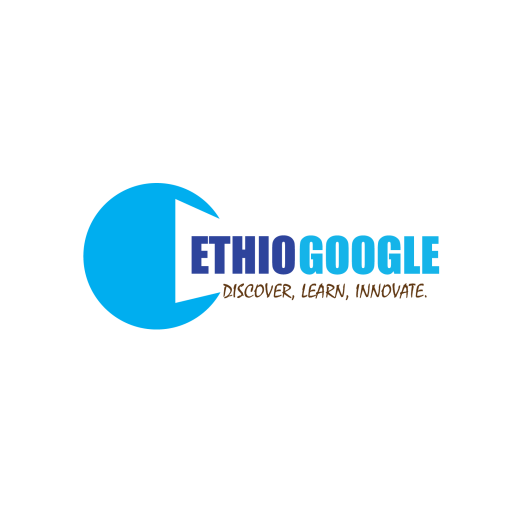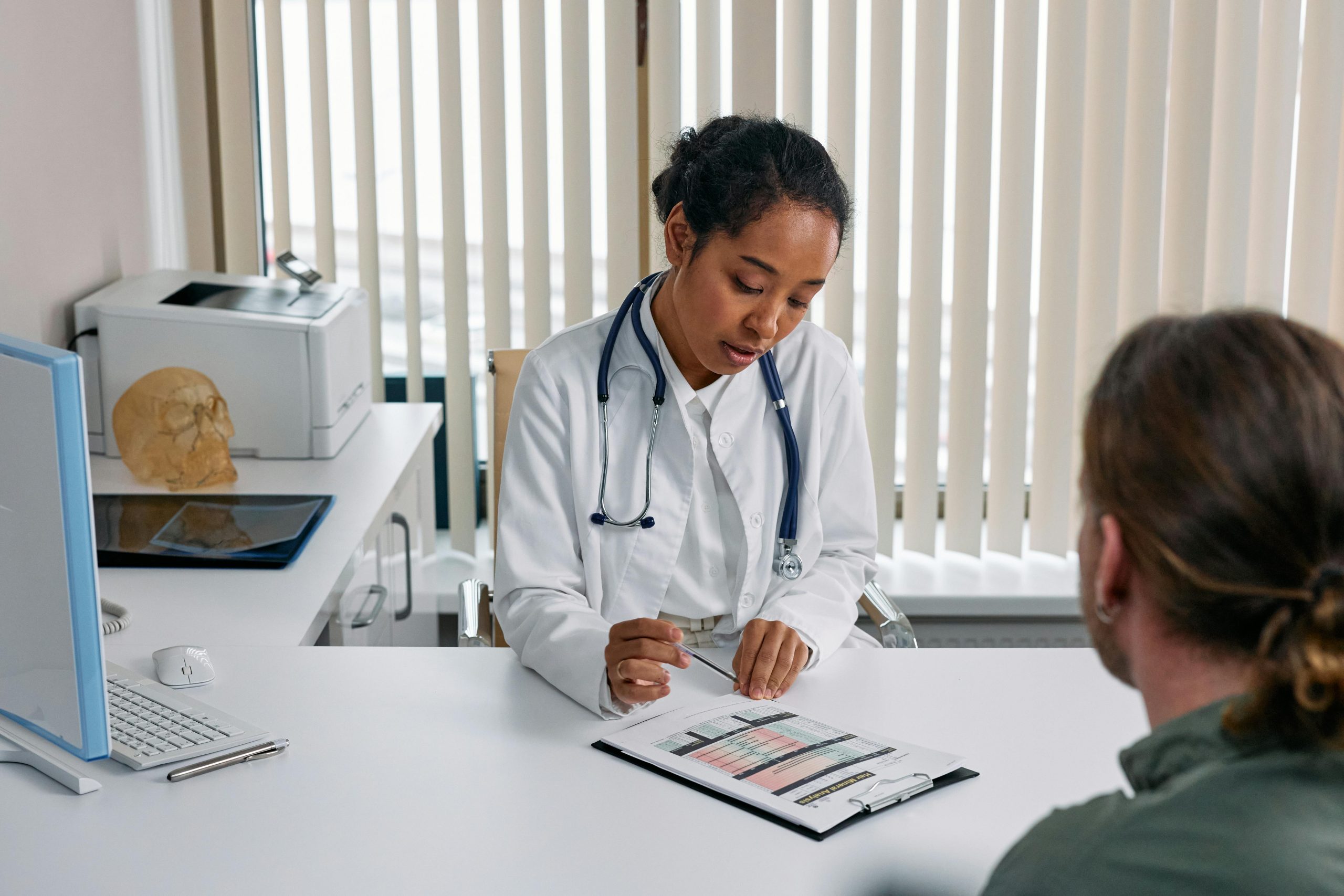The Oromo are specialists of the pastoralist economy in east Africa. Over the centuries, they have accumulated a whole wealth of knowledge and wisdom on this kind of economic activity. These knowledge and wisdom include in the areas of law, traditional medicine, arts and music and also a vast oral literature and folklore.
The Oromo have laws for the environment and for all the animals they breed and herd. For example: they say: Seerri muummee seera sareeti –roughly translated in English as: our laws end with articles about the law on how to handle a dog. As much as they love themselves, the Oromo love their animals. They even have songs dedicated for their animals. In the Borana Oromo traditional folklore/music, there are many popular songs for the animals they breed. Sirba looni (song for the cow/cattle), sirba gaalaa (song for the camel), sirba re’ee (song for the goat) etc. are examples…
This song by a rising star, Immuu Girmaa, is what could be qualified as ‘Sirba Re’ee’, i.e., “song for the goat” from the vast Borena traditional folklore.
Enjoy:
In a world modern medicine thrives, the ancient practices of traditional healing often overshadowed. However traditional medicine holds a unique wisdom that many cultures cherish, particularly the Oromo people of Ethiopia. With a rich heritage deeply intertwined with their cultural identity, Oromo traditional medicine employs holistic approaches to health that are worth exploring. In this article, we’ll delve into the practices, and significance of Oromo traditional medicine, and how it aligns with modern health paradigms.

The Essence of Oromo Traditional Medicine
Oromo traditional medicine is steeped in the cultural, spiritual, and natural landscape of the Oromo people. It incorporates the understanding that health is not merely the absence of disease but a state of physical, emotional, and spiritual well-being
Holistic Healing Philosophy
- Body, Mind, and Spirit: Oromo traditions treat health as a balance of physical, emotional, and spiritual aspects. This triad reflects the overall well-being of an individual.
- Community and Relationships: Health is also assessed through social connections. Community support plays a critical role in healing, as group rituals often accompany individual treatments.
“In Oromo medicine, one’s health is connected to the entire community, emphasizing collective well-being.”
Herbal Remedies
The use of local plants and herbs is a cornerstone of Oromo traditional medicine. Knowledge of these natural remedies has been passed down through generations, often through oral traditions. Here are some commonly used herbs:
- Ajowan (Trachyspermum ammi): Helps with digestive issues.
- Moringa (Moringa oleifera): Known for its nutritional and medicinal properties.
- Eucalyptus (Eucalyptus globulus): Often used for respiratory ailments.
Additionally, practitioners typically procure these herbs based on seasonal availability and ecological conditions, ensuring sustainability.
Treatment Modalities
Oromo traditional medicine encompasses various treatment modalities that are both preventive and curative.
Rituals and Spiritual Healing
- Prayer and Spiritual Guidance: Healing practices often involve prayers invoking blessings and spiritual support. This spiritual aspect acknowledges potential spiritual causes behind physical ailments.
- Cleansing Rituals: Cultural cleansing practices, which can involve water, fire, or herbal mixtures, are employed to rid individuals of negative energy or illnesses.
Physical Treatments
Combining spiritual practices with physical therapies is common. Here are a few methods:
- Massage and Manipulation: Techniques similar to physiotherapy are used to relieve pain and promote healing.
- Steam Therapy: Certain ailments, especially respiratory issues, can benefit from herbal steam inhalation.
“The blending of bodywork and spirituality makes Oromo medicine uniquely comprehensive.”
Modern Relevance and Integration
Despite the rise of modern medical practices, many Oromo people continue to rely on traditional medicine. Furthermore, there is growing recognition and integration of these practices within conventional healthcare frameworks.
Research and Validation
Recent studies have shown that some traditional practices have efficacy supported by scientific research. For example, the antibacterial properties of certain Oromo herbs are now being studied for their potential applications in modern pharmaceuticals.
Respecting Tradition and Innovation
An important dialogue is emerging between traditional healers and modern healthcare providers, promoting collaborative approaches:
- Workshops and training programs for traditional healers to share their knowledge.
- Integrating traditional practices with preventative care clinics to provide holistic care options.
Conclusion
Oromo traditional medicine beautifully exemplifies how ancient healing practices can complement modern health approaches. As we move toward a more holistic understanding of health and wellness, the Oromo people offer invaluable insights rooted in a respect for nature, community, and spirituality. Embracing these traditions not only supports cultural heritage but also enriches the global dialogue on health practices.
As you reflect on the healing wisdom of the Oromo, consider exploring your community’s traditional practices. What age-old remedies or health rituals have been passed down in your family or culture?
Delving into these questions may lead to newfound appreciation for the wisdom that exists in our diverse approaches to health and healing.
For further reading on traditional medicine, you may explore resources like WHO – Traditional Medicine or delve into academic studies on herbal medicine efficacy.
By engaging with these rich traditions, we may not only enhance our understanding of health but also foster respect for the profound connections between culture and healing.
follow for more



I find your website to be quite interesting and educational. Thank you for sharing such valuable content.
ok thank you for joining us!!!